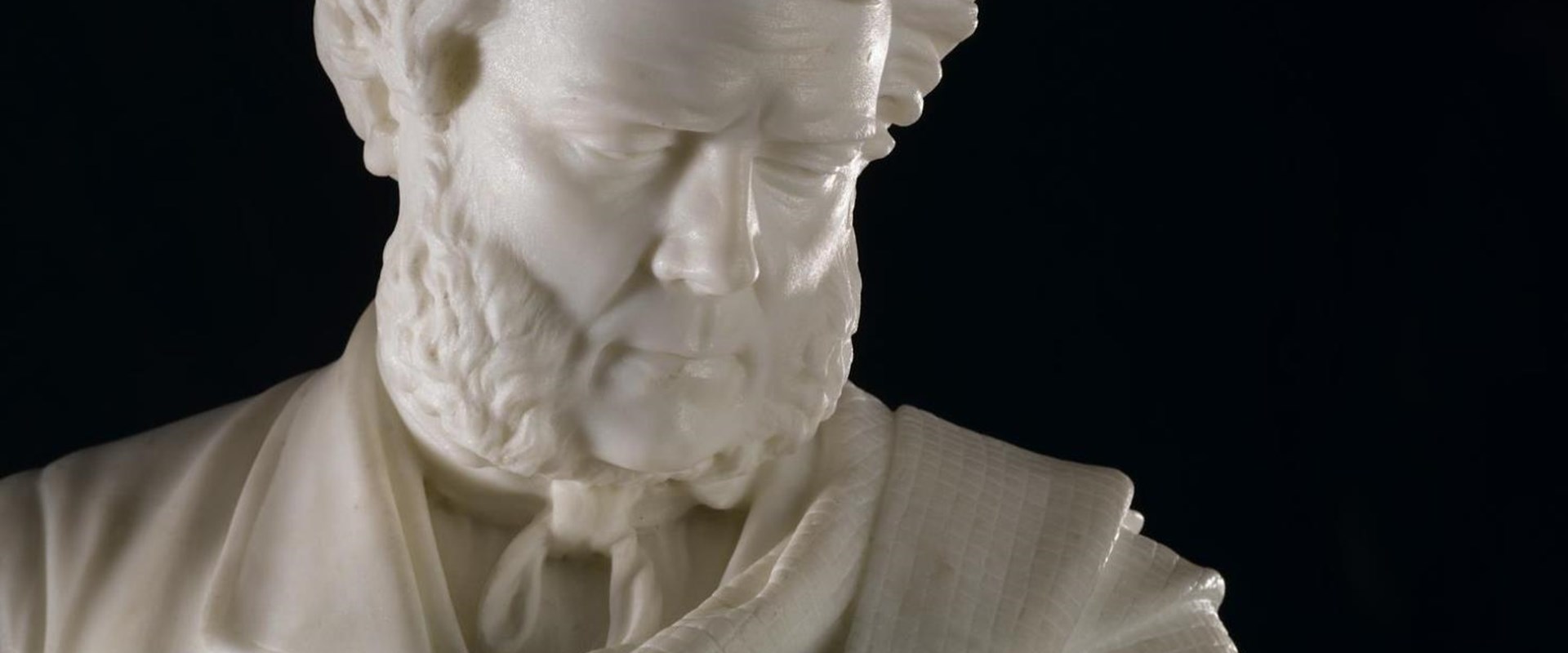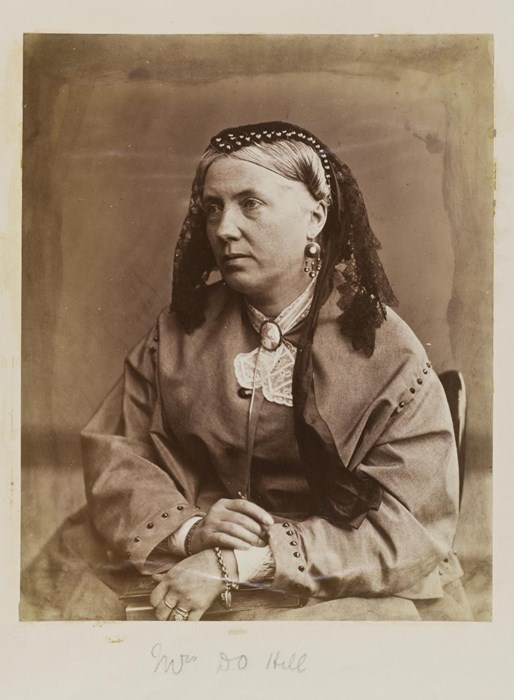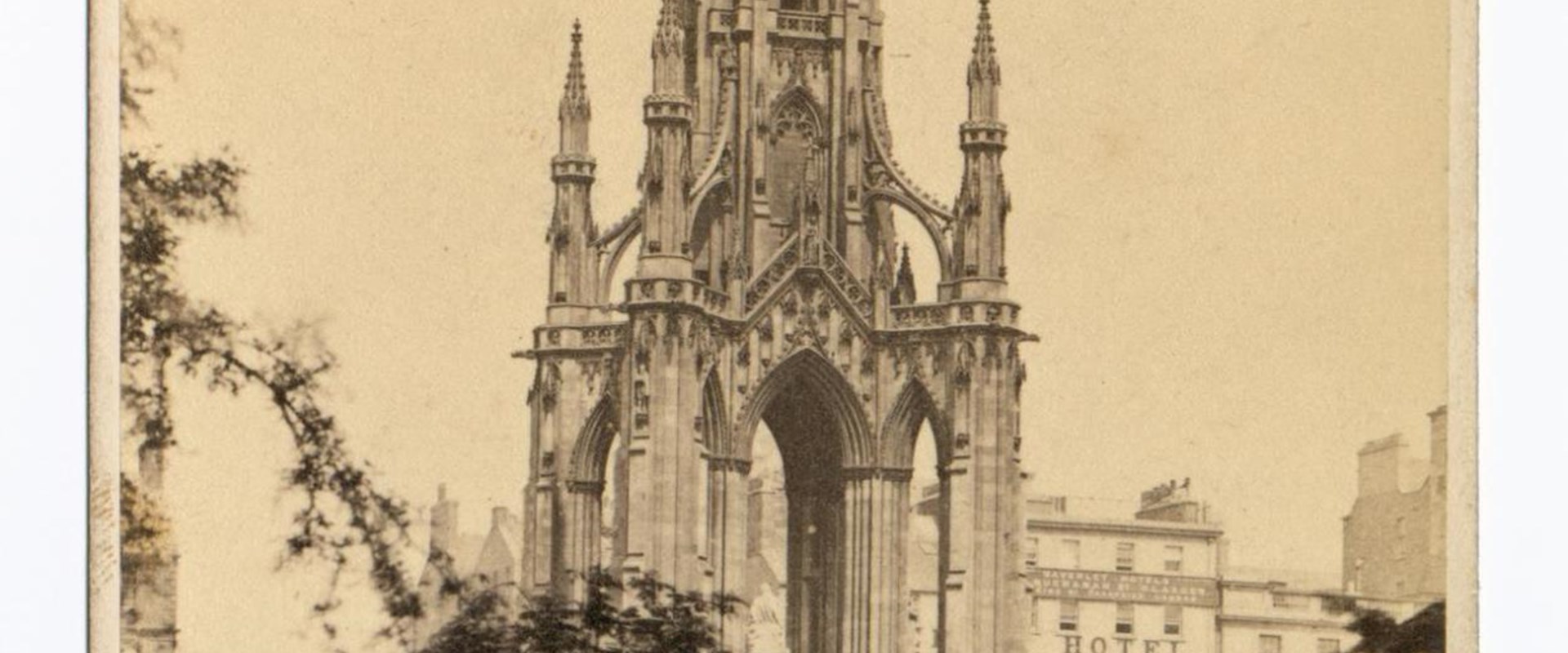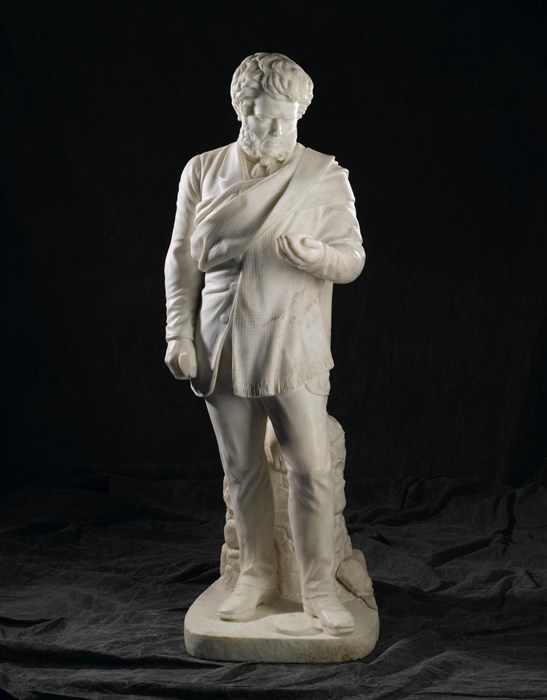Key in a search term below to search our website.
Key in a search term below to search our website.

Amelia Robertson Hill (1820-1904), née Paton, was one of the few female sculptors in 19th-century Edinburgh. Her work can be found in many prominent locations in Scotland.
Date
1869
Made from
Marble
Dimensions
1210 mm height x 520 mm length x 440 mm width
Museum reference
A.1887.735
On display
Traditions in Sculpture, Level 5, National Museum of Scotland
Did you know?
Amelia created the model for the statue of Robert Burns which stands in the centre of Dumfries
Amelia came from an artistic family in Dunfermline. Her father designed damask linen and her brother was the famous Scottish artist, Sir Joseph Noel Paton, who is now best known for his paintings of fairies. Despite this creative household, Amelia was initially self-taught and presumably refined her technique through casual instruction at friends’ studios.
She launched her career at the age of 40 with the exhibition of two busts at the Royal Scottish Academy (RSA) and went on to show more than 60 sculptures in Edinburgh and Glasgow between 1860 and 1882. In addition to contributing three figures to the Scott Monument on Princes Street in Edinburgh, she sculpted the neighbouring statue of David Livingstone, the Scottish missionary.

Calotype, albumen print from a wet collodion negative, Amelia Paton (Mrs D.O. Hill), by Dr John Adamson, 1860s
When Amelia was excluded from RSA membership, she helped found the Albert Institute in Shandwick Place (1877). This alternative art society welcomed aspiring artists regardless of gender.

Carte-de-visite depicting the Walter Scott monument, by Archibald Burns, Edinburgh, 1867
Hugh Miller (1802-1856) was a self-taught Cromarty stonemason who became editor of the Edinburgh newspaper The Witness. He attacked the Highland Clearances and helped to establish the Free Church of Scotland. Miller’s books on geology were hugely popular and his fossil collection is held by National Museums Scotland.
Amelia's statue shows Miller on Cromarty beach, examining a specimen of the fossil fish Pterichthys milleri, which was named after him.

Marble statue of Hugh Miller, geologist and writer, examining a fossil fish similar to those he discovered in the Old Red Sandstone near his home in Cromarty in Easter Ross, by Amelia Paton, Edinburgh, 1869
Ewan, E., et al. ‘The Biographical Dictionary of Scottish Women: From the Earliest Times to 2004’. Edinburgh University Press Ltd, 2006, pp. 167.
McAuley, P., et al. ‘Monumental Edinburgh’. Amberley Publishing, 2015, pp. 4-5.